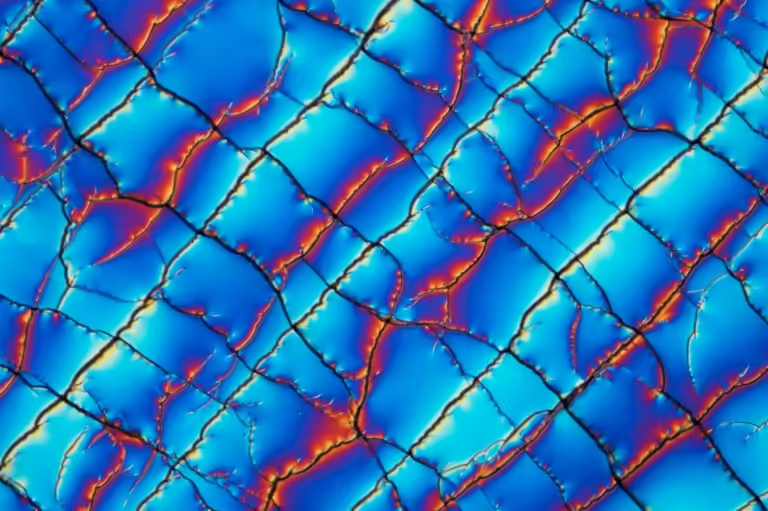A jellyfish-shaped robot made from magnetic fluid can be controlled with light through an underwater obstacle course, and swarms of these soft robots could be useful for delivering chemicals throughout liquid mixtures or moving fluids through a lab-on-a-chip.
Ferrofluid droplets are made of magnetic nanoparticles suspended in oil, and can move on a flat surface and change shape when guided in different directions by a magnet. Sun Meng-Meng and his colleagues at the Max Planck Institute for Intelligent Systems in Germany managed to make these droplets defy gravity by immersing them in water and shining light on them.
When ferrofluid absorbs light (and it’s particularly good at that, because it’s black), it heats up, causing tiny bubbles inside it to expand. This makes the droplets below the surface lighter and more buoyant, allowing them to float upwards, Sun says.
He and his colleagues built a soft robot with droplets of magnetic fluid encased in a jellyfish-shaped hydrogel shell, and then tested it. The researchers devised an obstacle course at the bottom of a tank of water that included a variety of platforms of different heights. They guided the robot through the course and had it navigate over the platforms.
In one experiment, they lined up three robotic jellyfish on the bottom of a tank and heated them with a laser, causing them to move upward one after the other. Sunlight focused by a magnifying glass had a similar effect, causing the jellyfish to float vertically.
Hamid Marvi of Arizona State University says controlling an entire swarm of droplets at the same time could one day be useful for delivering drugs or performing other functions in the human body. By wrapping the droplets in a hydrogel, he says, light could be used to guide the ferrofluid droplets and move the hydrogel itself, enabling complex movements.
But Mulvey says many details need to be worked out before the ferrofluid can be used for medical purposes, such as whether it’s safe to ingest it. Sun and his colleagues hope to answer some of those open questions. For example, they hope to find a way to use optical fibers that can be inserted into the body to guide the robot, rather than lasers or sunlight.
topic:

